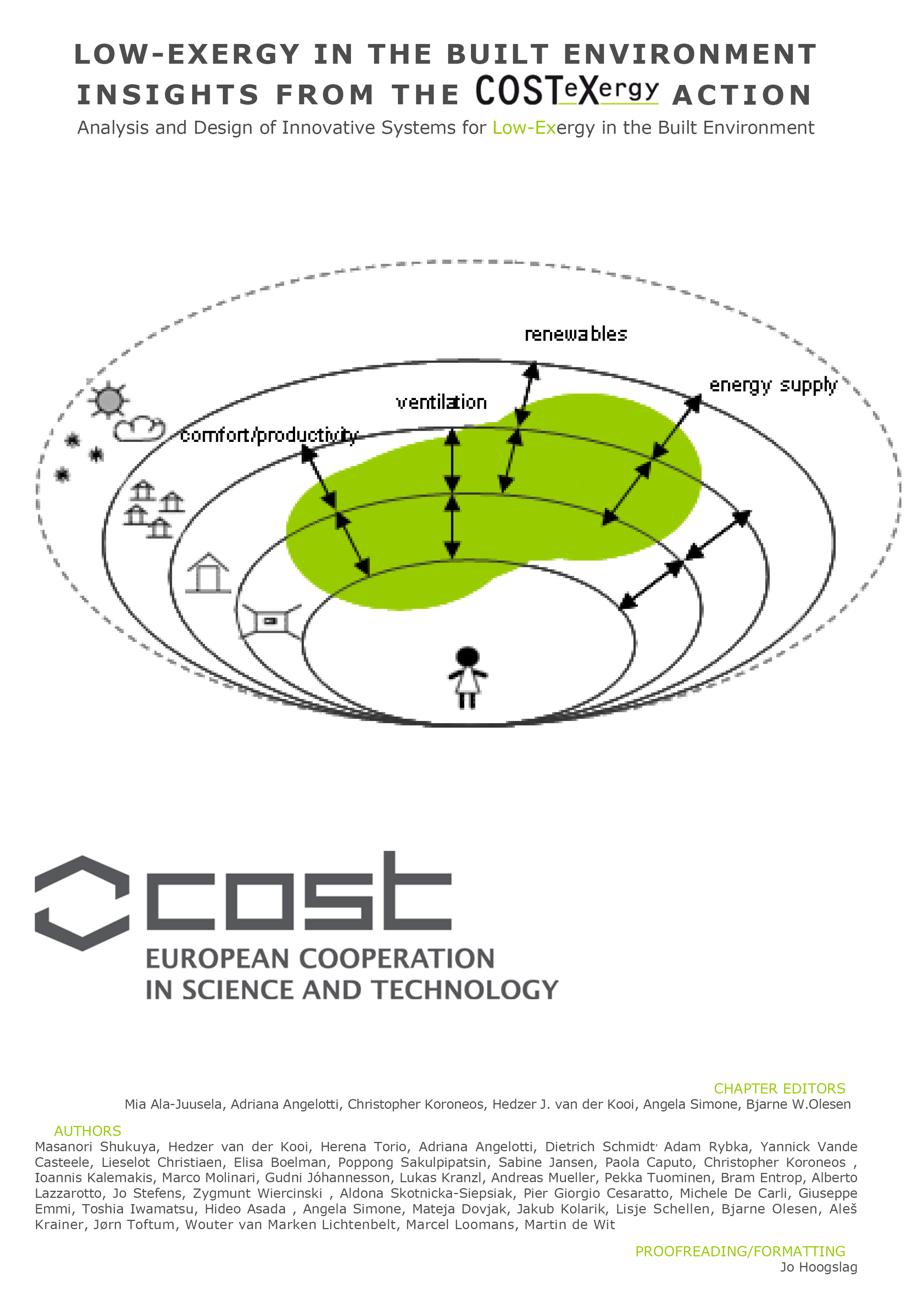About this book
This book brings together papers written by young and senior researchers who contributed to the COSTeXergy Action through participation in and organization of training schools and short term scientific missions.
Authors and their contributions span a wide range of disciplines, from building and mechanical engineering to chemistry, thermal comfort and energy economics. This diversity is reflected in a rich variety of approaches and styles in a compilation of 27 papers on exergy in the built environment.
The individual papers are clustered into five chapters, introduced by chapter editors, dealing with: (1) exergy related definitions for the built environment; (2) methodologies and tools for exergy analysis of buildings; (3) exergy as a sustainability indicator; (4) innovative technologies, case studies; (5) methodologies and evaluation of human body exergy consumption.
While papers are ordered so as to provide a narrative within chapters, each of them can also be read autonomously.
Objective and focus
The main objective of the COSTeXergy Action was to broadly disseminate new knowledge and practical design-support instruments that can facilitate practical application of the exergy concept to the built environment.
In order to achieve this objective, the Action relied on research activities carried out by its members, which focus on investigating and demonstrating how exergy analysis can be used in the development of innovative insights and concepts and to support a wider deployment of low-valued heat and other renewable energy sources.
The Action focused on thermal energy in the built environment, mainly at the building and building component level.
More about the program is to be found at www.costexergy.eu however the content of this site was maintained only to 2012.
About COST
COST (European Cooperation in Science and Technology) is Europe’s longest-running intergovernmental framework for cooperation in science and technology funding cooperative scientific projects called ‘COST Actions’. With a successful history of implementing scientific networking projects for over 40 years, COST offers scientists the opportunity to embark upon bottom-up, multidisciplinary and collaborative networks across all science and technology domains.
For more information about COST, please visit www.cost.eu.
